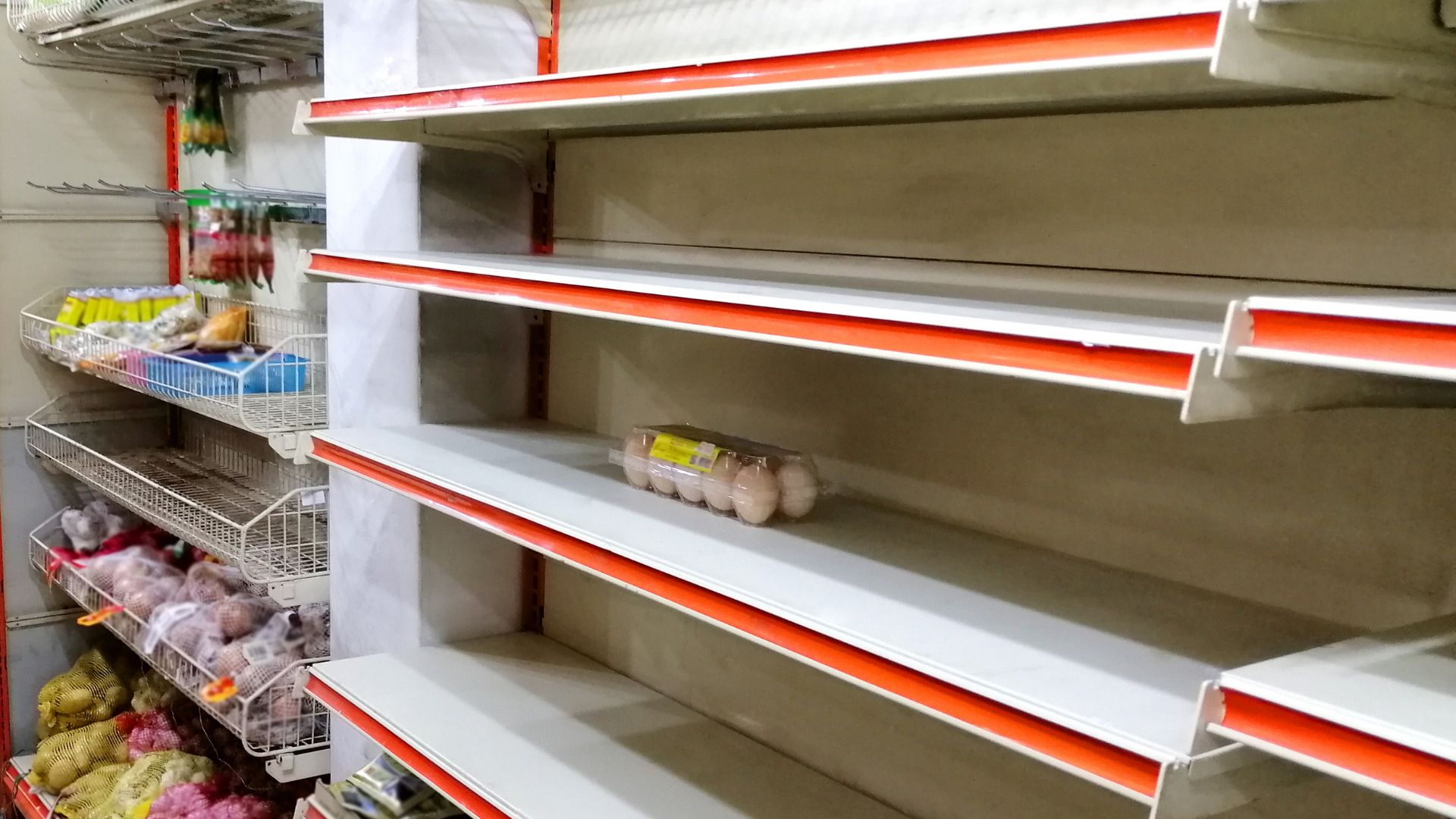The recent fifth spike of Omicron has hit Hong Kong’s businesses and economy, much harder than before. Similarly, the emotional distress that the Hong Kong people went through seems to be much larger than the real life impact. People are scared to go out, confused by the constantly changing public health policy and the scattered information flying across traditional and social media.
The Omicron caught us off-guard like a “blitzkrieg” took over Hong Kong in weeks, if not days, leading to the closing of borders, mandatory testing, and a possible lockdown. Tension built up amongst the community on a possible lockdown, despite it being quickly debunked by the top government, reiterating that a citywide lock down will not be carried out. Confusingly, this was then changed by another public statement that appeared at a radio programme that the government hasn’t yet “ruled out the possibility” of citywide lockdown.
This resulted in Hong Kong seeing a wave of unprecedented panic buying, with people queuing up for hours to stock up on frozen meat, fresh vegetables and fruits, medications, and hygiene and cleaning supplies. Shelves were emptied in a day.

While the restocking of supplies picks up, panic shopping slows down. There came a different form of panic buying, it’s panic “online shopping”. Consumers logged on to e-commerce or commerce sites of retailers to order, added to that was the labour shortage of the supply chain and logistics service as confirmed COVID cases surged by more than 50,000 cases every day. Therefore, key retailers such as HKTVmall have delayed on delivery pledge while SF Express needs to halt door to door delivery and collect services. Disruptions on the logistic and supply chain is an operation issue yet how the brands respond and communicate the issues is a marketing and communications matter. How the retailers responded during such critical moments would hugely impact consumers’ perception.
After two years of the pandemic, brands should have understood and realised how its value matters to their businesses and consumers. On good days, brand marketing should focus on how the brand can contribute to creating a better life for everyone. It is easy committing to the greater good in good times, but powering through tough times for the greater good is way more challenging.
On bad days, brand marketing should shift its focus to how brands are solving a problem. It is also a good opportunity for brands to show that they are willing to walk the talk. In difficult times, a brand can stand out, in a crisis, and could win a lot of hearts if an issue is handled well. This is the best time for a brand to show not tell.
Our latest research with GWI revealed that the top attributes of a brand that Hong Kong consumers preferred are “reliable” (57%) and “innovative” (45.5%) respectively. Globally, the top attributes are “reliable” (67%), “authentic” (47%), and “innovative” (44%). The least favourable brand characteristics according to Hong Kong consumers are “traditional’ and “bold”.
Looking at the panic shopping and logistic disruption in Hong Kong, there are a three lessons learned on how brands should be communicating their businesses.
#1 Expectation
The abrupt suspension of the delivery service of SF Express may be a good operational call but it certainly is not decided in one day. The HKTVmall’s failure to fulfill the service pledge of two-day delivery and delivery time extended to two weeks. What upsets consumers are expectation management, being timely in communicating your operation is key. HKTVmall immediately put in solutions of hiring part-timers and also looking for restaurant partners and creating a news feed reporting on the status is a good move. Consumers do understand limitations and constraints, it is about showing how HKTVmall is making an effort and being sure to make sure that effort is being made known to consumers.
#2 Consistency
The panic shopping stems from a few critical factors, including the wavering mixed message from the government, the misinformation spread on social media and the internet. What causes panic and stress is probably the misinformation and inconsistent information which cause confusion, then rumours cannot be demystified.
Consistency means commitment to a brand’s philosophy and ethics, which are important to cementing credibility. Inconsistency not only reflects a lack of thorough planning but also sloppy communications.
#3 Value
During critical times, brands should remember that every action or decision on your business means something beyond business, it is a gesture, a demonstration of your values. It is not the decision that matters but the value behind.
That’s why HKTVmall’s CEO Ricky Wong did a bold yet effective move. He admitted that the influx of order has put the team to the test given the labour shortage of the logistic team, he was facing the decision on whether to suspend orders or come up with a solution. He remarked that he decided to do whatever they can and be fair to every client and every order. So they’ve come up with restaurant pick up partnership and created a news channel to update customers on order status.
It is through prioritising the customers over the need for profitability, that showcased HKTVmall’s values, and in turn, won the hearts of consumers.
If you need help with an effective brand communications strategy, talk to us, or check out our services page.



